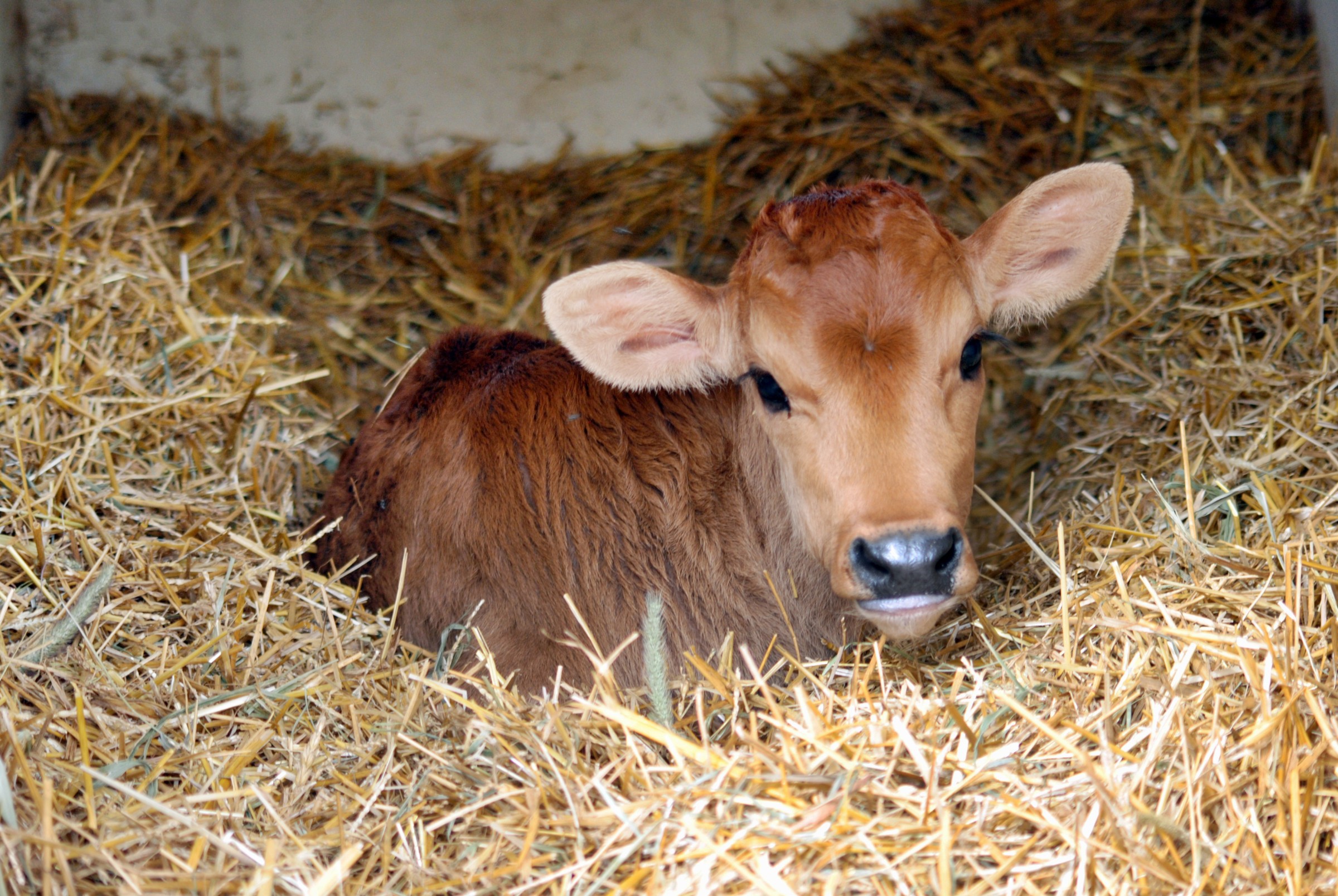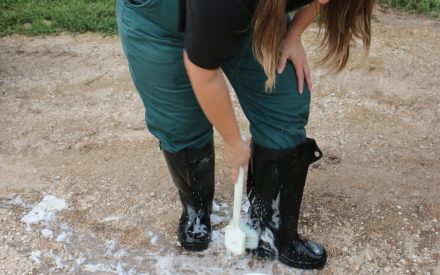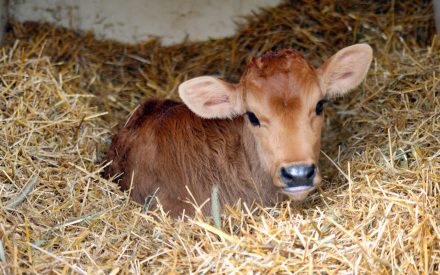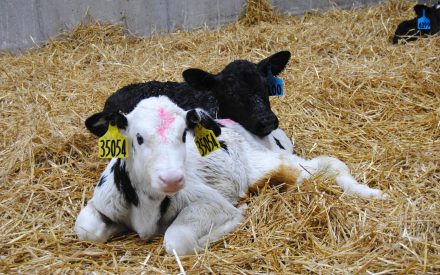Raising healthy dairy calves requires maximizing the calf’s level of immunity against disease while minimizing its exposure to infectious diseases. However, there will still be times when calves will become sick. Can you identify the sick calf?
The preweaning phase of a calf’s life is a critical period, where they are at the greatest risk of dying during their first 21 days of life. The Dairy Calf & Heifer Association Gold Standards indicated a goal of 25% or less morbidity rate and 5.0% or less mortality rate. However, based on the 2007 UDSA National Health Monitoring Service (NAMHS) Study in Preweaned Calves, farmers reported higher values: 38.5% morbidity and 7.8% mortality in pre-weaned calves.
Preweaned calves should be monitored daily, observing they at feeding times for any abnormal appearance, decreased appetite, or abnormal feces. For those calves that look “off”, or abnormal, take the time to identify why the calf may not feel well. Further examine the calf for any fever, dehydration, respiration and heart rate. Based on your examination, determine the course of action, working with your veterinarian through a Veterinary-Client-Patient-Relationship (VCPR) to administer any predetermined protocols. University of Minnesota School of Veterinary Medicine’s Sandra Godden has established a simple protocol that can be used or modified for your farm.


 The importance of water for dairy calves
The importance of water for dairy calves Heifer blueprint: Best practices for biosecurity
Heifer blueprint: Best practices for biosecurity Heifer Blueprint: Best practices for youngstock fluid therapy
Heifer Blueprint: Best practices for youngstock fluid therapy Cold weather calf care
Cold weather calf care


